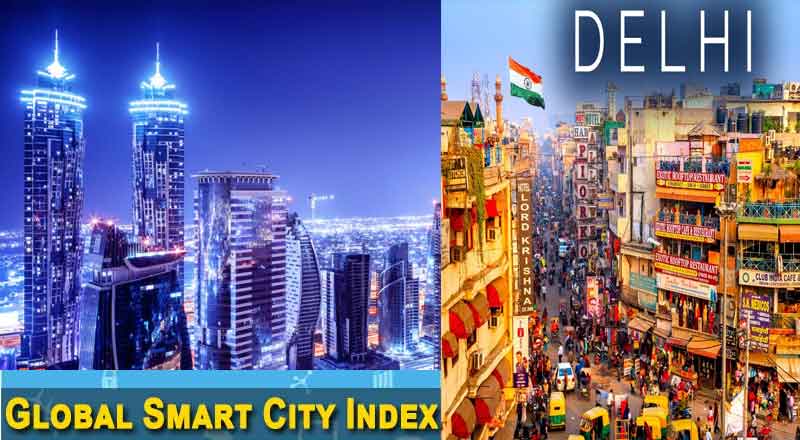- The recent findings of the Oxford Economics’ Global Cities Index present a sobering reality for India, with its major cities notably absent from the upper echelons of global rankings.
- Delhi clinched a rather modest 350th position in the esteemed Global Cities Index, falling short of expectations and aspirations for a city of its stature.
- None of India’s urban centers could break into the top 300, with cities like Bengaluru, Mumbai, and Chennai trailing behind in the rankings.
- Oxford Economics, the esteemed economic research firm behind the Global Cities Index, employs a meticulous methodology to assess and rank cities based on various parameters.
- The inclusion of categories such as Quality of Life, Environment, and Governance further enriches the assessment, providing a nuanced understanding of each city’s strengths and weaknesses.
- At the forefront of the rankings are global economic powerhouses, with cities like New York, London, San Jose, Tokyo, and Paris asserting their dominance.
In a global landscape where cities serve as hubs of economic activity, innovation, and cultural exchange, the performance and standing of urban centers are crucial indicators of a nation’s development and influence. However, the recent findings of the Oxford Economics’ Global Cities Index present a sobering reality for India, with its major cities notably absent from the upper echelons of global rankings.
Delhi, India’s bustling capital city, clinched a rather modest 350th position in the esteemed Global Cities Index, falling short of expectations and aspirations for a city of its stature. The placement of Delhi underscores the challenges and shortcomings that Indian cities face in terms of global competitiveness and recognition.
While Delhi managed to secure the highest ranking among Indian cities, the broader picture reveals a stark reality. None of India’s urban centers could break into the top 300, with cities like Bengaluru, Mumbai, and Chennai trailing behind in the rankings. This collective underperformance raises pertinent questions about the factors contributing to India’s limited presence on the global stage.
Oxford Economics, the esteemed economic research firm behind the Global Cities Index, employs a meticulous methodology to assess and rank cities based on various parameters. From economic indicators to human capital development, the index offers a comprehensive perspective on the global urban landscape. The inclusion of categories such as Quality of Life, Environment, and Governance further enriches the assessment, providing a nuanced understanding of each city’s strengths and weaknesses.
At the forefront of the rankings are global economic powerhouses, with cities like New York, London, San Jose, Tokyo, and Paris asserting their dominance. The top ranks underscore the enduring influence and attractiveness of Western urban centers, which continue to set the pace in terms of economic dynamism, innovation, and livability.
While Indian cities feature prominently in the index, their relatively low rankings hint at underlying challenges that need to be addressed. Bengaluru, Mumbai, and Chennai, despite their economic significance, find themselves placed in the 400s, indicating room for improvement in various aspects of urban governance, infrastructure, and economic policies.
The Global Cities Index findings serve as a clarion call for India to redouble its efforts in enhancing the global competitiveness of its urban centers. Improved infrastructure, sustainable development practices, and better governance are crucial to elevating the international standing of Indian cities and unlocking their full potential on the global stage.
In conclusion, while Indian cities continue to grapple with the complexities of urbanization and development, concerted efforts and strategic interventions can pave the way for a brighter future, where Indian urban centers emerge as vibrant nodes of global connectivity, innovation, and prosperity.
(With inputs from agencies)





